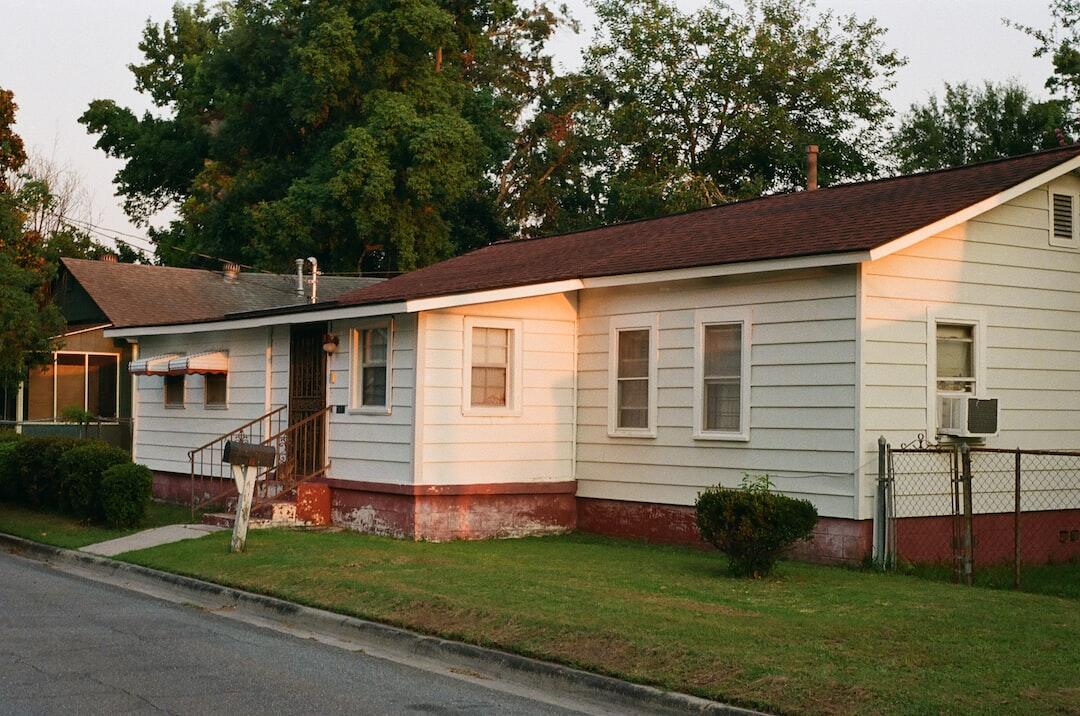Did you know there are currently 838,000 housing units for sale in the United States? For many people, this will be the year that they purchase their first house. If you fall in this category, then you know what an exciting time this can be.
However, it can also be a stressful one, especially when it comes to the home closing process. That’s why we made this brief guide to walk you through it. That way, you can be confident that you’re making the right decision. Let’s get started!
Find a Real Estate Attorney
The first thing you will need to do is find a real estate attorney to serve as your closing agent. A closing agent is a neutral third party. This individual will be in charge of things like making sure the parties sign the necessary documents.
They’ll also ensure that the terms of the purchase agreement are carried out, transfer the title and make a record of the deed. Make sure that you choose a real estate lawyer that you can trust for this role.
Get the Necessary Insurance
Before you can close you will need to get the necessary insurance for your home. First, most lenders will require you to get homeowners insurance. You should also get title insurance.
This protects you in the unlikely event that someone claims the property. While it’s unlikely, it can still be devastating nonetheless. As such, you must get both of these insurances.
Meet the Conditions of the Loan
To close you will need to meet the conditions put forth by your lender in the loan document. Typically, this includes things like an appraisal figure, proof of income, proof of insurance, and a title report.
However, some conditions can be specifically related to your loan. If any of the conditions concern you, then make sure to contact your loan officer.
Review the Closing Disclosure
Finally, it’s time to review the closing disclosure. This is a standardized form that’s used nationally. It lists all of the closing costs and covers key information about the loan. Make sure to review this document thoroughly before you sign it.
Once you finish that, then you’re ready to move into your new home! Remember to start organizing and packing early on. That way, you’re not overwhelmed by everything.
Enjoy Learning About the Home Closing Process? Keep Reading
We hope this article helped you learn more about the home closing process. As you can see, you’re not entirely out of the woods yet when it comes to buying a home. There are still a few things that can go wrong.
As such, you must follow all of the advice in this guide to protect yourself financially.
Did you enjoy this article? If the answer is yes, then you’re in the right place. Keep reading to find more content that you’re sure to love.







